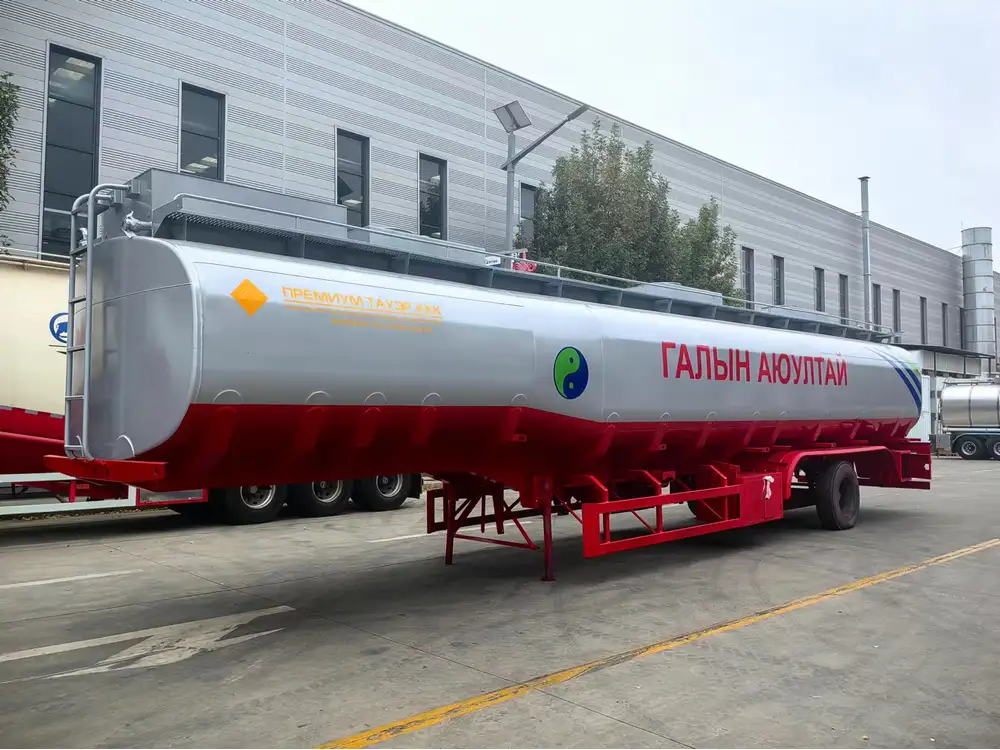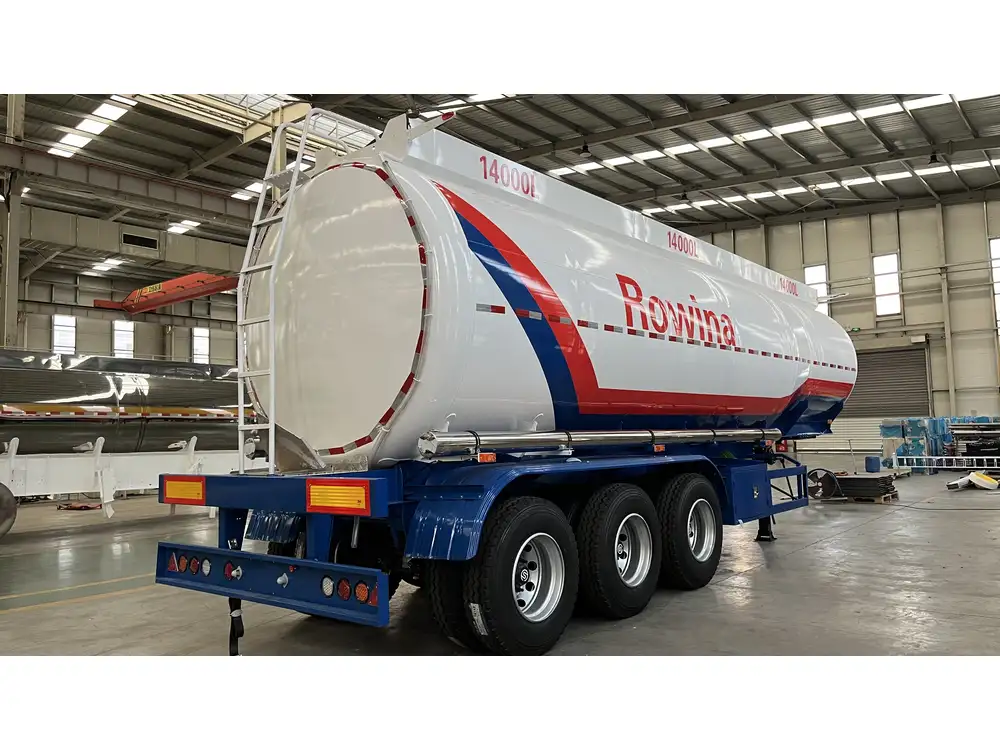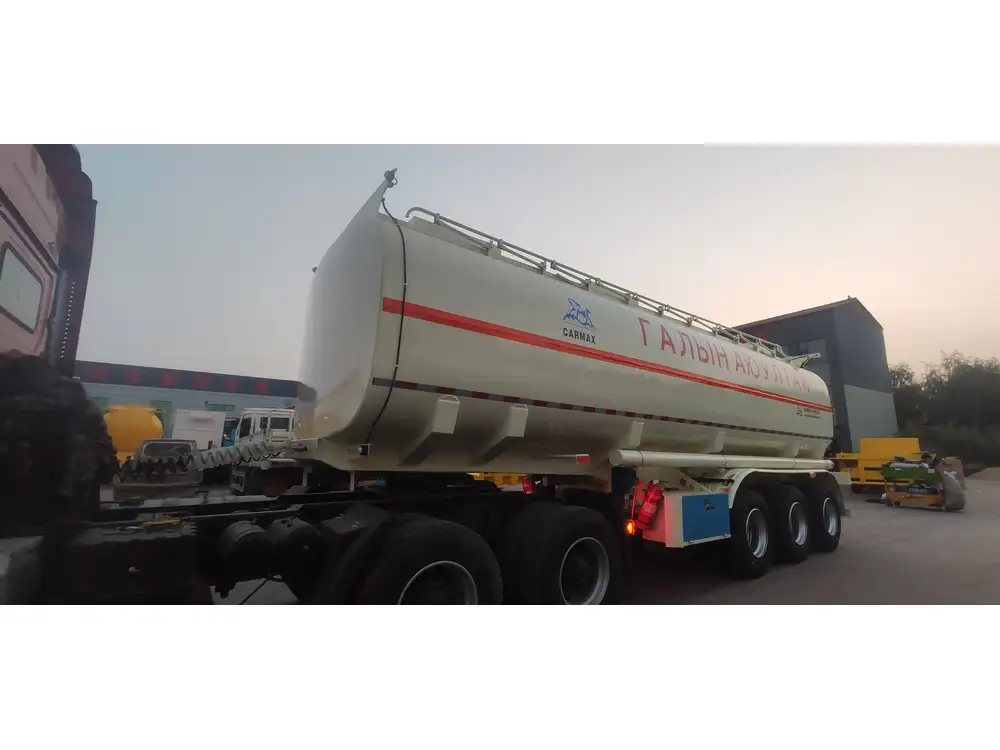Understanding the nuances of the oil tanker market is crucial for stakeholders looking to invest in Cameroon’s burgeoning petroleum industry. Oil tankers, essential for transporting crude oil and refined petroleum products, represent a significant investment for operators and companies aiming to optimize their logistics and supply chain. In this comprehensive guide, we will explore the various factors influencing the prices of oil tankers for sale in Cameroon, providing critical insights to help potential buyers navigate this intricate landscape.
Overview of the Oil Tanker Market in Cameroon
Cameroon, nestled in Central Africa, has an increasingly important role in the oil and gas industry. As oil production continues to grow, the demand for oil transportation infrastructure, particularly oil tankers, has surged. Buyers need to consider several factors that influence prices, including:
- Type of Oil Tanker: Different types of oil tankers, such as crude, product, and chemical tankers, have varying costs.
- Built Year and Condition: Newer models equipped with advanced technology fetch higher prices than older ones.
- Cargo Capacity: Tankers are priced based on their deadweight tonnage (DWT), with larger capacities generally commanding higher costs.
- Market Demand and Supply: Fluctuations in oil prices and the demand for transportation services directly influence tanker prices.
Let’s delve deeper into these aspects.
Types of Oil Tankers
| Type of Tanker | Description | Typical Price Range (USD) |
|---|---|---|
| Crude Oil Tankers | Designed to transport unrefined crude oil. | $15 million – $150 million |
| Product Tankers | Carry refined petroleum products like gasoline and diesel. | $10 million – $120 million |
| Chemical Tankers | Specialized for the transport of chemicals and specialty liquids. | $5 million – $100 million |
Choosing the appropriate type of oil tanker is crucial for optimizing your supply chain. Crude oil tankers dominate the market due to the high volume of unrefined oil transported globally, while product tankers cater to a growing demand in refined commodities.

Age and Condition of Tankers
The age and condition of a tanker significantly influence its market price. New tankers equipped with state-of-the-art technology and safety features may range from $50 million to over $150 million, depending on their capacity and specifications. Conversely, older vessels may be available for less, but they come with increased maintenance costs and regulatory hurdles.
Cargo Capacity Matters
Working within the capacity constraints is vital for any shipping operation. Tankers with greater cargo capacities benefit from economies of scale, lowering the cost per barrel transported. Prices typically escalate with the size of the vessel:
| Cargo Capacity (DWT) | Price Range (USD) |
|---|---|
| Up to 50,000 DWT | $10 million – $40 million |
| 50,000 – 100,000 DWT | $25 million – $85 million |
| 100,000+ DWT | $40 million – $150 million |
Market demand fluctuates as well; therefore, pricing is not purely contingent on capacity. A vessel’s operational efficiency, historical performance, and maintenance records also come into play.
Market Demand and Supply Dynamics
The interplay of demand and supply sets the tone for tankers’ market prices. Recent global shifts in oil demand—spurred by geopolitical tensions, economic growth in emerging markets, and fluctuating oil prices—have caused the tanker market to notice price volatility. Buyers should stay updated on global oil production forecasts and market trends, as these can directly affect tanker prices.

Costs Beyond the Purchase Price
Investing in an oil tanker encompasses more than just the initial purchase price. Prospective buyers must also consider:
- Operational Expenses: Crew wages, maintenance, and fuel costs contribute significantly to the overall operational budget.
- Regulatory Compliance: New rules regarding emissions and safety may require retrofitting older vessels with modern technologies, increasing expenses.
- Insurance: Premiums for insuring oil tankers can be substantial based on the vessel’s age, operational region, and cargo risks.
Keeping Operational Costs in Check
By adopting preventive maintenance strategies and implementing efficient navigational practices, ship owners can minimize operational costs. Furthermore, investing in crew training and optimally managing fuel consumption goes a long way in reducing overall expenditure.
Purchasing Strategies for Oil Tankers in Cameroon
In Cameroon’s competitive landscape, potential buyers should employ strategic purchasing methods:
Market Research:
- Conduct thorough research to understand market trends and pricing.
- Utilize experienced brokers who have insights into current market offerings.
Identify Suppliers:
- Target reputable manufacturers like CarMax Vehicle to ensure product reliability.
- Establish connections with both local and international suppliers for comparative pricing.
Inspect Vessels:
- Conduct on-site inspections to assess the condition and features of the oil tankers.
- Always request maintenance logs and compliance certificates to ensure soundness.
Financing Considerations:
- Explore financing options through banks or maritime investment firms engaged in fleet acquisition.

The Role of CarMax Vehicle
As a premier manufacturer of semi-trailers, CarMax Vehicle serves as a pivotal partner in your oil transportation journey. Our commitment to quality and innovation positions us as one of the leading manufacturers in the sector. By leveraging our expertise, you can access:
- A range of customized oil tankers that cater to your specific needs.
- Advanced safety features and technology that enhance operational efficiency.
- Competitive pricing and financing options tailored to meet your budgetary requirements.
Investing in a tanker manufactured by CarMax Trailer ensures that you’re not only getting a vessel but a robust logistical partner ready to facilitate your oil transportation goals.
Conclusion: Navigating the Oil Tanker Landscape
Purchasing an oil tanker in Cameroon mandates careful consideration of various intricate factors such as the type, age, capacity, market dynamics, and associated operational costs. Engaging with trustworthy manufacturers like CarMax Vehicle can significantly streamline this process while ensuring you make informed decisions that align with your business objectives.
By remaining adaptable and informed, buyers can harness the potential of this vital market, setting the stage for future growth and profitability.
FAQs
1. What are the typical prices for oil tankers in Cameroon?
Prices vary based on the type, age, and cargo capacity, ranging from $5 million for smaller vessels up to $150 million for larger, new crude oil tankers.
2. How can I finance the purchase of an oil tanker?
Financing can be arranged through banks, maritime financing firms, or direct agreements with manufacturers who may offer financing options.
3. What should I look for during an oil tanker inspection?
Key considerations include the vessel’s physical condition, maintenance history, safety features, and compliance with international regulations.
4. Why is the age of a tanker important?
Older tankers may incur higher maintenance costs and may not meet newer regulatory requirements, significantly affecting profitability in the long run.













Reviews
There are no reviews yet.